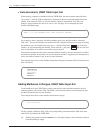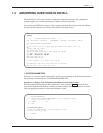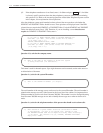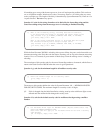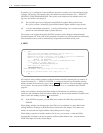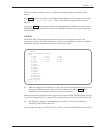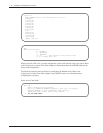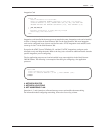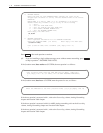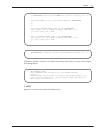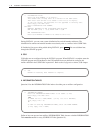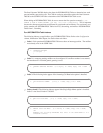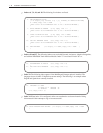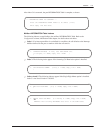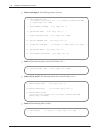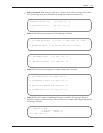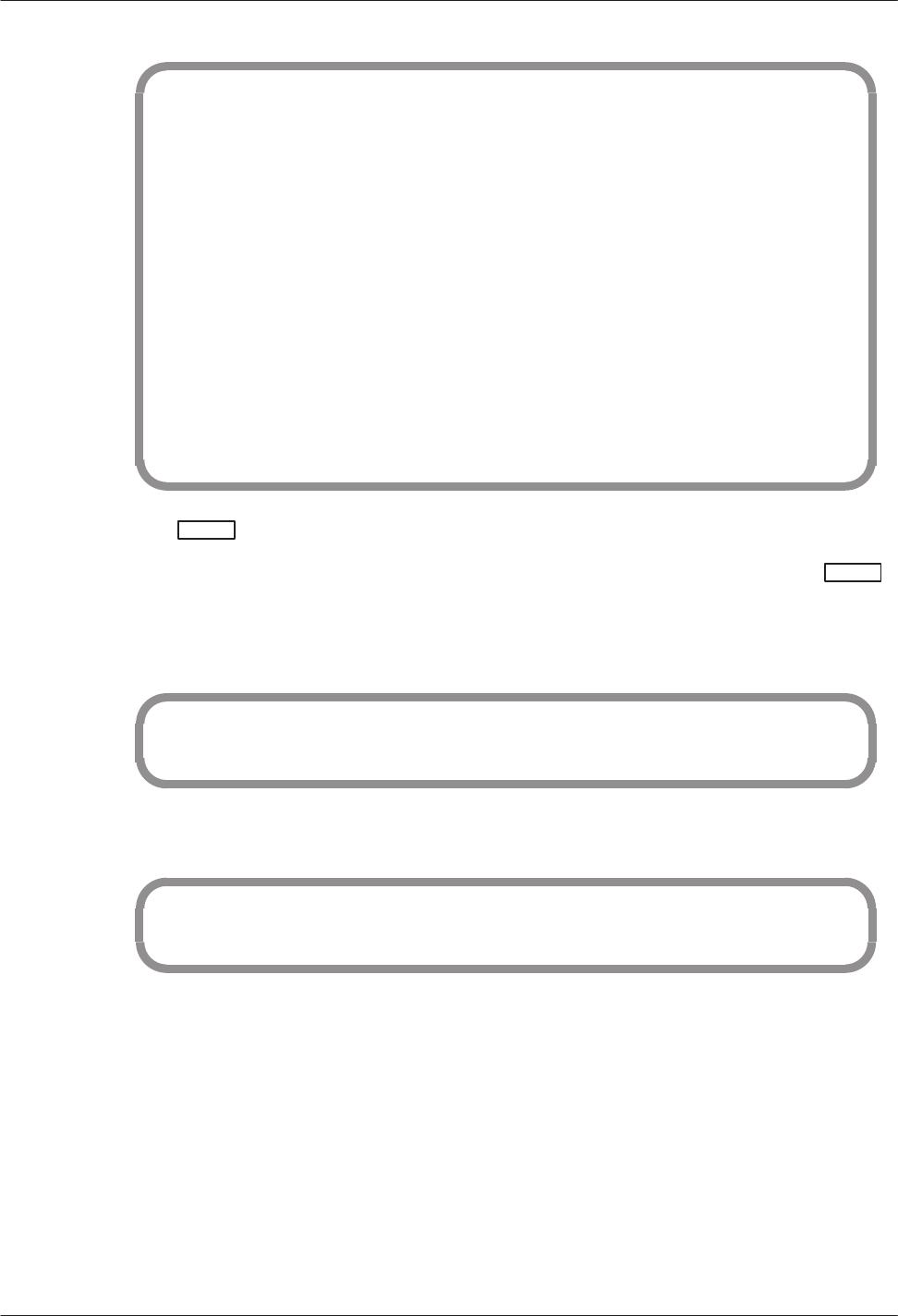
1-14
Installation and Maintenance
V
olume
Octel Overture 200/300 Serenade 3.0
PB60014–01
4. NETWORK ROUTES.
Enter the name for each NETWORK ROUTE, whether the route can be
dropped upon reconnect to caller, and the ACCESS DIGITS to be dialed.
ENTER AS:
ROUTE NAME (1–6 chars), DROP (Y or N), ACCESSDIG (1–29 digits)
ACCESS DIGITS may include: 0–9,*,# or any of the following:
D – delay.
E – wait for DIAL TONE here.
N – wait for DIAL–UP OCC DIAL TONE here.
P – dial PUBLIC NETWORK NUMBER here.
T – dial TIE NETWORK NUMBER here.
Enter empty line when done.
:33,N,456
:
5. NETWORK LOCATIONS.
Enter requested information for all NETWORK LOCATIONS.
Enter new LOCATION NAME. (1–6 chars) Enter empty line when done.
:(location name)
Does (location name) have a SYSTEM? (Y/N, empty line = Y)
:
Press
Enter
after each question to continue.
.
If you are installing a single-cabinet message server without remote networking, press
Enter
to skip to question 7. DISTRIBUTION LISTS.
If the (location name)
does not have
a SYSTEM, the next question is as follows:
Does (location name) have the same PBX type as SELF? (PBX type)
(Y/N, empty line = N) (If ”YES”, will do CALL–PROGRESS–DETECTION.)
:
If
the (location name)
does have
a SYSTEM, enter the protocol to use, as follows:
Enter the PROTOCOL to use with (location name) (1,2,3,4,5,empty line =3)
If
the above question is answered with
2
, refer to the
Networking
volume,
Analog
Networking
chapter and Location T
able chapter
.
If the above question is answered with 4 for AMIS Analog
networking,
refer to the
Networking
volume,
Analog
Networking chapter and Location T
able chapter
.
If the above question is answered with
5
, refer to the
Networking
volume,
Analog
Networking
chapter and Location T
able chapter
.



